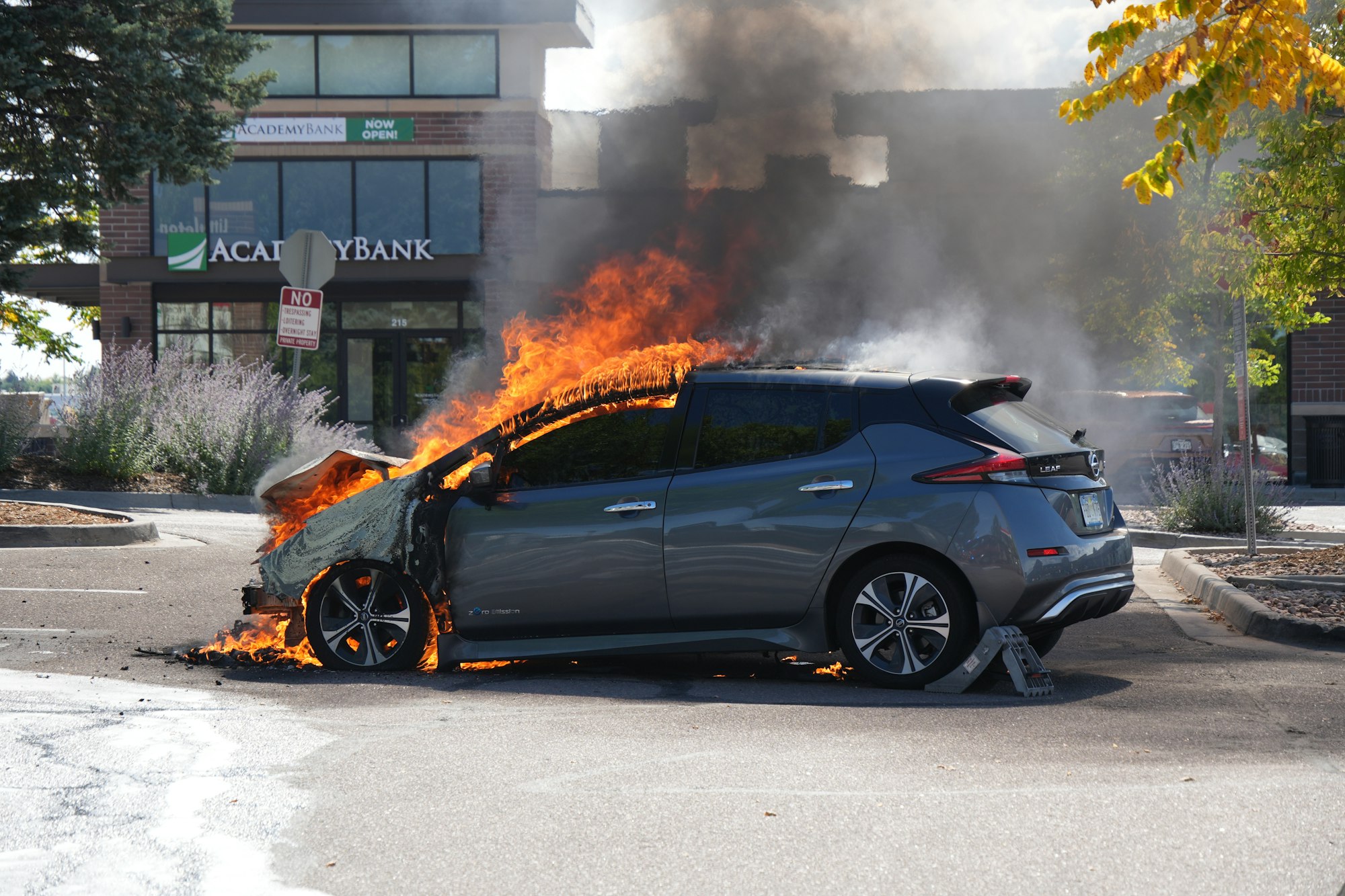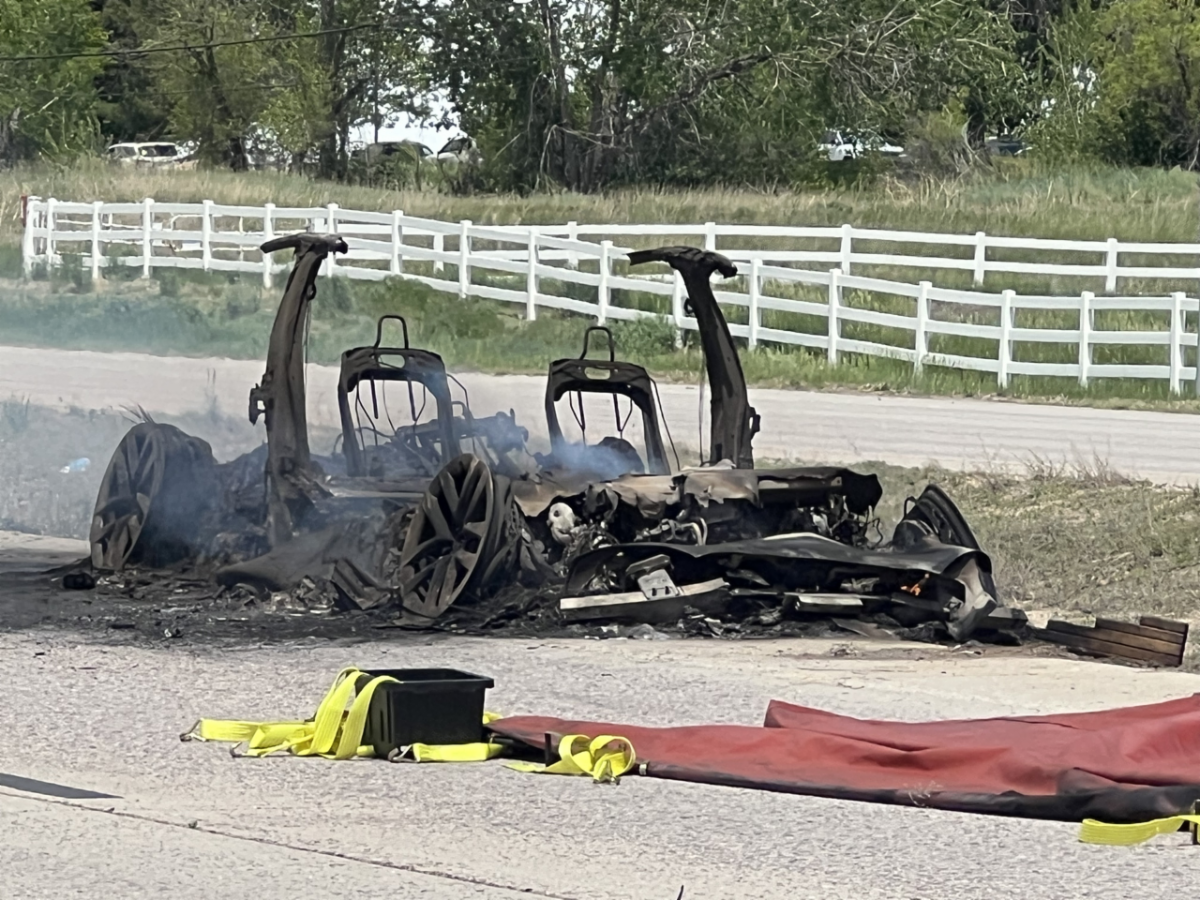October 2025 Newsletter: The Dangers of Lithium-Ion Batteries
The Dangers of Lithium-Ion Batteries
Lithium-ion batteries store a large amount of energy in a small amount of space. This makes them powerful, portable, and versatile, which is why you find them in many rechargeable devices that you use every day. Cars, smartphones, tablets, power and lawn tools, laptops, e-cigarettes, headphones, and toys, to name just a few — may be powered by lithium-ion batteries.

These fires are so concerning that the NFPA chose "Charge into Safety": Lithium-Ion Batteries in Your Home as this year's National Fire Prevention Week theme!
If damaged or not used correctly, lithium-ion batteries can overheat, start a fire, or even explode. To reduce these risks, South Metro Fire Rescue encourages all residents to be informed about their devices and follow the Buy, Charge, and Recycle Safely approach to all lithium-ion battery powered items.
BUY ONLY LISTED PRODUCTS
.png?ixlib=rb-1.1.0&w=2000&h=2000&fit=max&or=0&s=a71ecb7adbe135440ee7c9066cde7fc8)
- When buying a product that uses a lithium-ion battery, take time to research it. Look for a stamp from a nationally recognized testing lab on the packaging and product, which means that it meets important safety standards.
- Many products sold online and in stores may not meet safety standards and could increase the risk of fire.
Many products sold online and in stores may not meet safety standards and could increase your risk of fire. CLICK HERE to learn about how to research your products safety certifications.
CHARGE DEVICES SAFELY
- Always use the cords that came with the product to charge it. Follow the instructions from the manufacturer.
- If you need a new charger, buy one from the manufacturer or one that the manufacturer has approved.
- Charge your device on a hard surface. Don’t charge it under a pillow, on a bed, or on a couch. This could cause a fire.
- Don’t overcharge your device. Unplug it or remove the battery when it’s fully charged.
.png?ixlib=rb-1.1.0&w=2000&h=2000&fit=max&or=0&s=e491280115dcac1a8239274d43c6b710)
.png?ixlib=rb-1.1.0&w=2000&h=2000&fit=max&or=0&s=72869b1295ca3f224164f5433f16dc51)
CLICK HERE to watch a video and learn why safe charging is so important for lithium-ion battery powered devices.
Stop using a lithium-ion battery powered product if you notice a change in color or shape, an odor, heat, leaking, or odd noises.
RECYCLE BATTERIES RESPONSIBLY
- Don’t throw lithium-ion batteries in the trash or regular recycling bins because they could catch fire.
- Recycling your device or battery at a safe battery recycling location is the best way to dispose of them.
.png?ixlib=rb-1.1.0&w=2000&h=2000&fit=max&or=0&s=aad26c721c5f7629b528e2da1cc8f740)
.png?ixlib=rb-1.1.0&w=2000&h=2000&fit=max&or=0&s=27d82e759af00a52fb4d8db291c60da2)
South Metro has responded to countless trash fires started by lithium-ion batteries improperly disposed of in the trash. CLICK HERE to learn how to recycle your batteries responsibly. .
Watch South Metro's Latest Podcast on Lithium-Ion Battery Safety with Hazmat Team Captain Chris Wells and Community Risk Reduction Specialist Brandi Miller.
Electrical Vehicle (EV) Fires
Even if you don't own or drive an EV, there are commercial and public transit EVs throughout the community, and they are only growing in popularity.
The Hydrogen Fluoride gasses emitted from lithium-ion battery fires are extremely toxic. If you witness a lithium-ion battery fire, keep away from the scene and call 9-1-1.
EV fires are extremely challenging to extinguish, and they can re-ignite up to several weeks later!


How does South Metro fight an EV fire?
If firefighters put water on Electric Vehicle fires, hydrogen fluoride toxicity increases, increasing public safety concerns and potential health impacts. To avoid this, firefighters will secure the scene of an actively burning EV by isolating the area and monitoring until it’s done actively burning. Next, firefighters will deploy a single-use car blanket and tow the EV remnants to an impound lot where the car blanket remains in place to help contain re-ignition hazards. Damaged EV batteries are handled as hazardous waste and may be taken to a facility for recycling or disposal if resources allow.
Thank you for doing your part to keep yourself, your home, and our community safe when using lithium-ion batteries. Share this safety info with friends and neighbors so we can all stay safe together!
Reach out to our team with any questions! We would love to hear from you.



